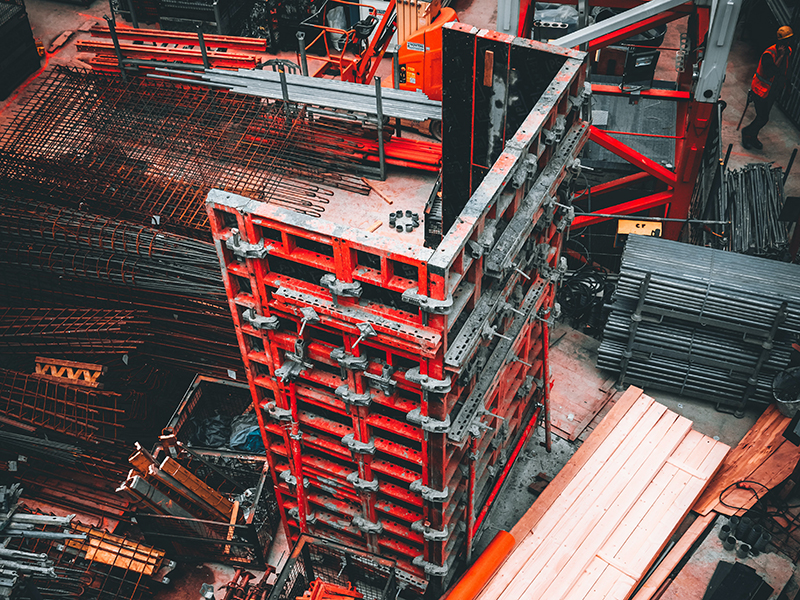
In the ever-evolving field of construction, the search for innovative and sustainable building materials has become paramount. With the increasing demand for eco-friendly and energy-efficient structures, architects and engineers are constantly exploring new possibilities. In this blog post, we will delve into the realm of new building materials, discussing their significance, benefits, and potential impact on the future of construction.
- The Rise of New Building Materials:
Traditional construction materials like concrete, steel, and wood have long been the go-to choices. However, the limitations and environmental concerns associated with these materials have paved the way for the emergence of new alternatives. New building materials encompass a wide range of options, including but not limited to:
- Sustainable and Recycled Materials: Materials like bamboo, hemp, and recycled plastic are gaining popularity due to their renewable nature and reduced carbon footprint.
- High-Performance Concrete: Advanced concrete formulations, such as self-healing concrete and ultra-high-performance concrete, offer enhanced durability and strength.
- Smart Materials: These materials have the ability to respond to external stimuli, such as temperature, light, or pressure, making them ideal for energy-efficient and adaptive structures.
- Nanomaterials: Nanotechnology has opened up possibilities for materials with improved strength, insulation, and self-cleaning properties, revolutionizing the construction industry.
- Benefits and Advantages:
New building materials bring a plethora of benefits to the construction industry, including:
- Sustainability: Many new materials are eco-friendly, reducing the environmental impact of construction projects and promoting a greener future.
- Energy Efficiency: With advancements in insulation and energy-saving technologies, new materials contribute to more energy-efficient buildings, reducing long-term operational costs.
- Durability and Resilience: Innovative materials offer improved resistance to weathering, corrosion, and natural disasters, ensuring longer lifespans for structures.
- Design Flexibility: The unique properties of new materials allow for greater design freedom, enabling architects to create visually stunning and functional buildings.
- Cost-effectiveness: While some new materials may have higher upfront costs, their long-term benefits, such as reduced maintenance and energy savings, often outweigh the initial investment.
- The Future Outlook:
As the construction industry continues to evolve, new building materials will play a pivotal role in shaping its future. The integration of sustainable practices, technological advancements, and innovative materials will drive the industry towards more efficient, resilient, and environmentally conscious solutions. Additionally, ongoing research and development in the field of new materials will lead to further breakthroughs, expanding the possibilities for construction professionals.
Conclusion:
In conclusion, the exploration and adoption of new building materials are transforming the construction industry. With their sustainable attributes, enhanced performance, and design versatility, these materials offer a promising future for the built environment. As architects, engineers, and researchers continue to push the boundaries, we can expect to witness remarkable advancements in construction practices, creating a more sustainable and resilient world.
